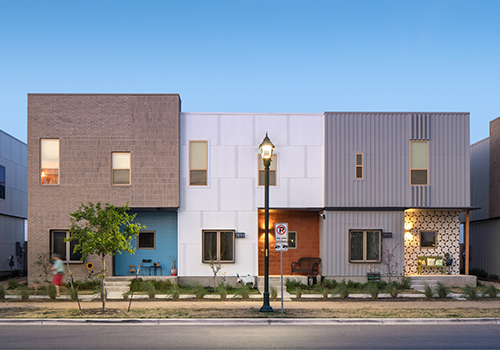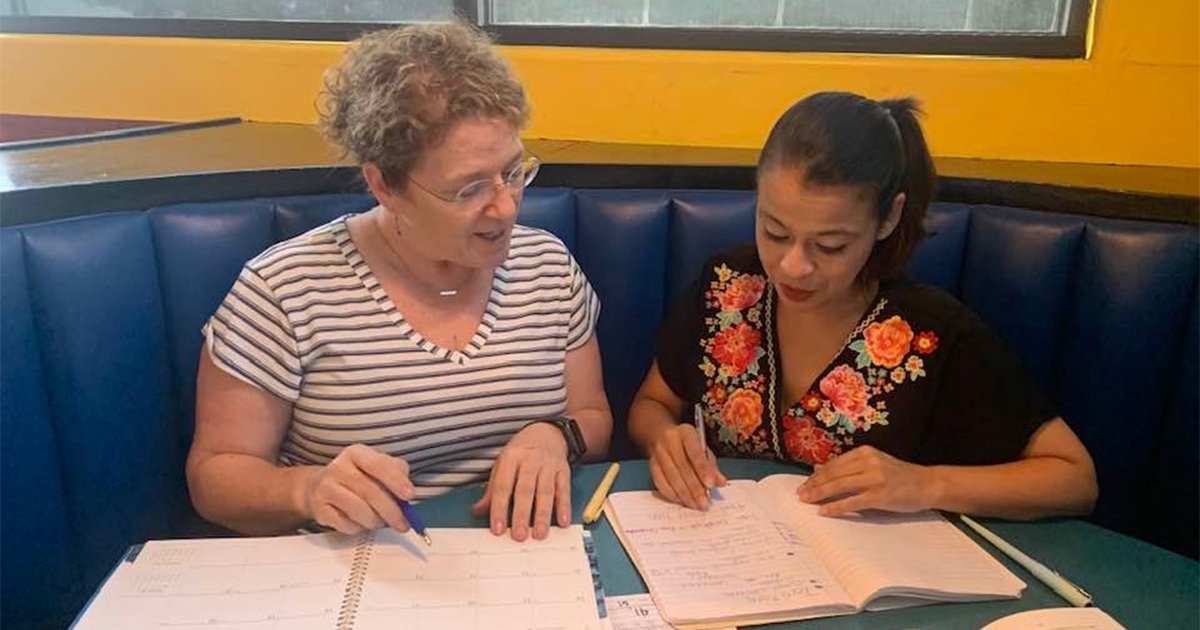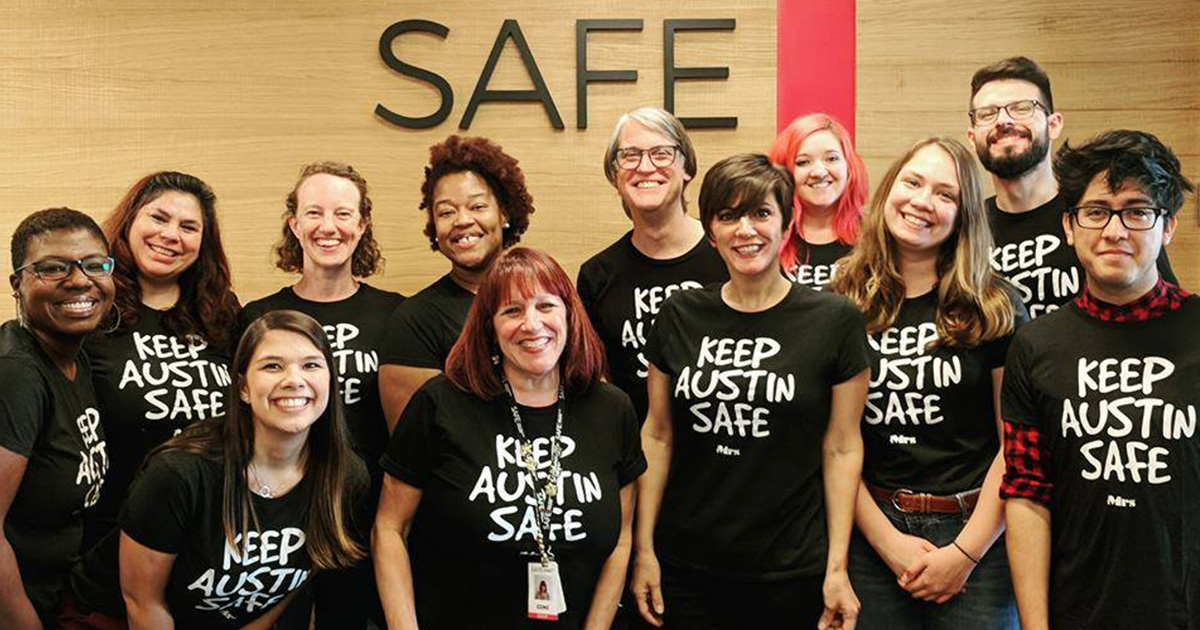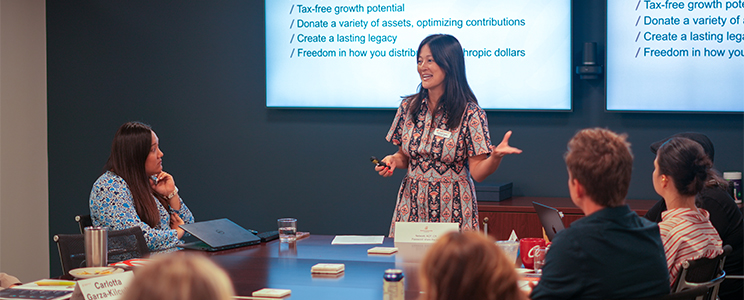Housing affordability has been at the forefront of conversations at Austin Community Foundation over the past few years. Why? Because we are committed to closing the opportunity gap so that everyone in our community can thrive. When we focused our attention on affordable housing in our 2019 strategic plan, the issue felt timely and relevant. Fast forward four years, and almost everyone can agree that accessible and affordable housing is the single biggest issue in our community. The severity of this crisis calls for a collective response with public, private, and philanthropic alignment, action, and investment. The City of Austin’s proposed housing bond presents an opportunity to support a wide spectrum of housing programs that reflect the community vision and the market reality.
The Foundation has worked to better understand how philanthropy can play a role in the affordable housing issue. Last year, ACF published a report outlining potential philanthropic strategies to produce, protect and preserve affordable housing in Central Texas. Additionally, the Foundation has used its role as a convener to develop partnerships and mobilize resources for greater impact. Since 2019, ACF has invested $9 million toward affordable housing developments. That seems like a lot, but it’s a drop in the bucket of what’s needed to significantly increase housing options for all types of households and people in the region.

Row homes in Mueller. Credit: Habitat for Humanity
We’ve learned that philanthropy can play a critical and complementary role in supporting affordable housing development. For example, in our recent investments in Austin Habitat for Humanity and Foundation Communities, ACF leveraged 2018 public bond dollars to help reduce costs and accelerate the completion of two affordable housing projects in Austin. By acting as an investor and providing below-market rate financing to nonprofit housing developers, the Foundation catalyzed public funding to advance solutions with speed and scale.
However, philanthropy can only go so far. One source alone cannot achieve the kind of impact needed to reverse this crisis. A myriad of financing sources is required to create the spectrum of housing needed in our community. Philanthropy should be a partner in addressing affordable housing, but the gap it fills should complement, not replace, the public sector’s critical role in providing much-needed relief.
In November, Austinites will have a voice in determining the future of Austin when voters head to the polls to decide on a $350 million affordable housing bond. If the measure passes, the money would go toward building affordable housing, repairing homes for low-income residents, and acquiring more land for affordable homes.
The bonds would allow the City of Austin to partner with local nonprofits and organizations to provide affordable housing options to residents, prevent displacement and create better lives for all Austinites. The bonds serve low- and moderate-income households that are the economic engine and beating heart of our region, such as public-school teachers, medical assistants, artists, service industry workers, and elders on fixed incomes, among many others that make Austin the special place it is.
Most residents agree that affordable housing is a top priority and needs more public funding. According to a poll conducted by the Austin Justice Coalition in July, 68% of respondents support a large affordable housing bond this November. The same poll found that 83% of participants agreed that Austin should be actively working to address the affordability crisis.
In our next blog post, we’ll examine the economic and social impacts of housing bonds. In the meantime, we encourage you to educate yourself and others about the need for and benefits of increased access to affordable housing and discover your role in this effort.
Affordable housing is a complex, arduous issue that is not solved by one ballot initiative or one sector. To build a brighter future for all in our region, we must have support from the broadest coalition of community members and work collaboratively to address this issue. Together, we can be a powerful force for change.


